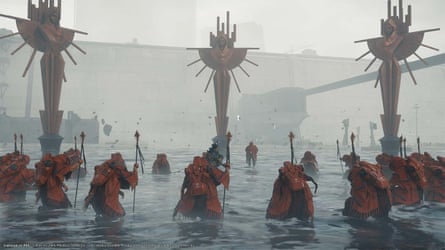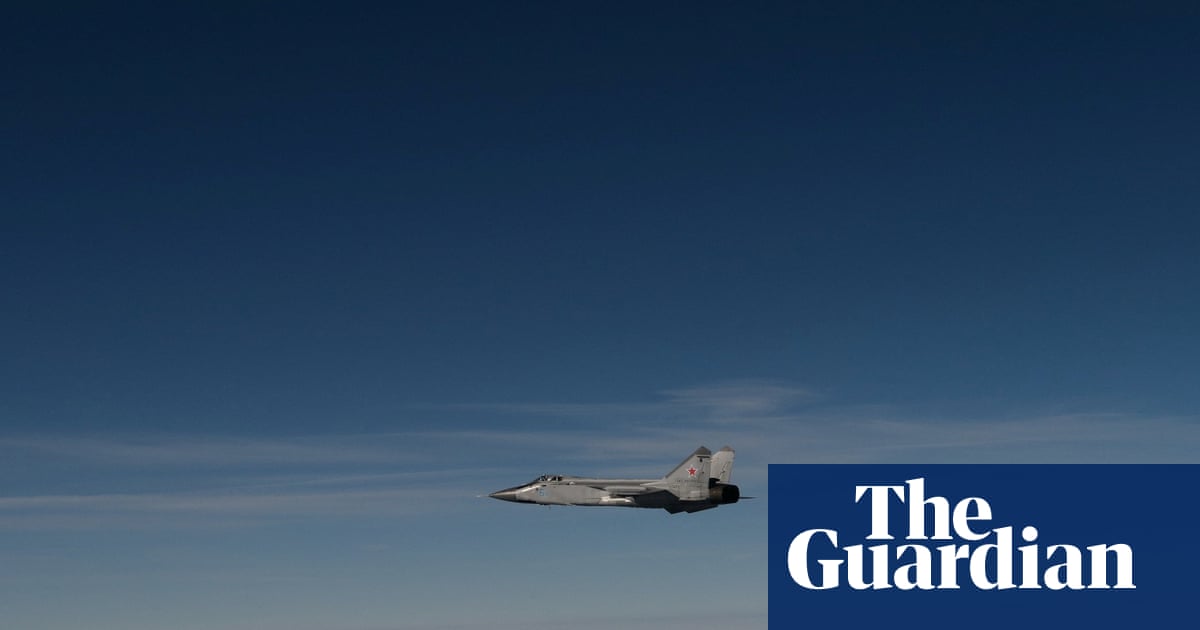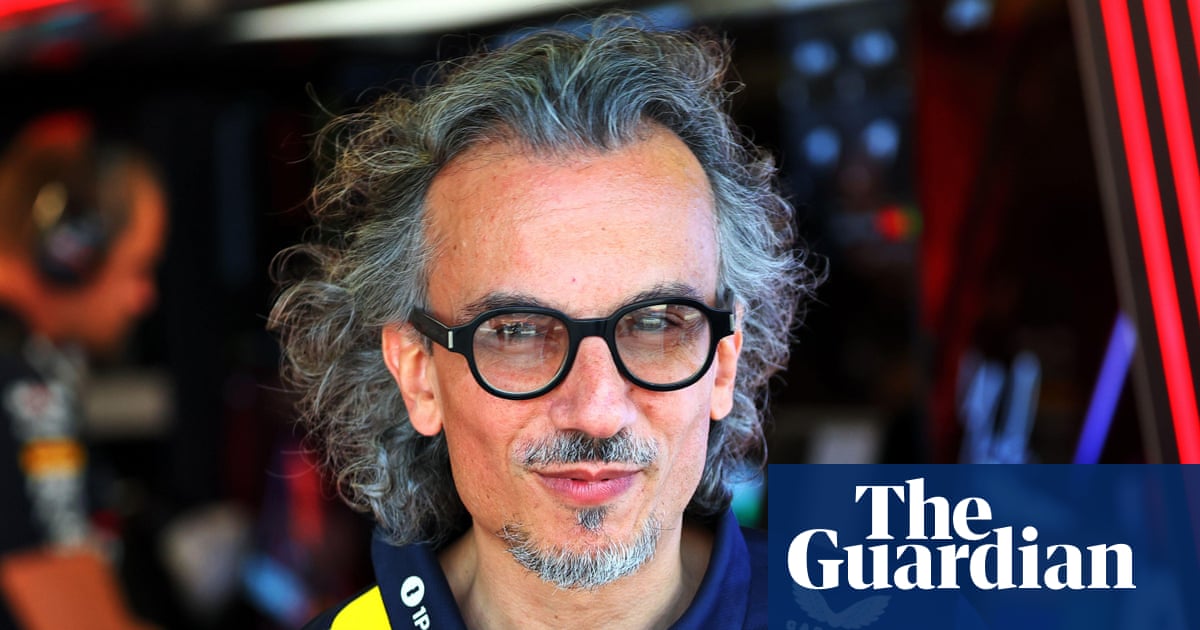What is Death Stranding 2 trying to say? It’s a question you will ask yourself on many occasions during the second instalment of Hideo Kojima’s hypnotising, mystifying, and provocatively slow-paced cargo management simulator series. First, because during the many long and uneventful treks across its supernatural vision of Mexico and Australia, you have all the headspace in the world to ponder its small details and decipher the perplexing things you just witnessed. And second, because the question so often reveals something profound.
That it can stand up to such extended contemplation is a marker of the fine craftsmanship that went into this game. Nobody is scribbling down notes to uncover what Doom: The Dark Ages is getting at or poring over Marvel Rivals’ cutscenes for clues, fantastic as those games are. It is rare for any game to invite this kind of scrutiny, let alone hold up to it. But Death Stranding 2 is a different kind of game, one with the atmosphere and narrative delivery of arthouse cinema, light of touch in its storytelling but exhaustive in its gameplay systems, and the tension between the two makes it so compelling. At first you brave one for the other; then, over time, you savour both.
For anyone who missed the first Death Stranding, yes, this really is the second in a series of games about moving cargo between waypoints, on foot or by vehicle; delivering packages of food, tech and luxury items, like a post-apocalyptic Amazon driver. A mysterious event fundamentally changed the world at the start of the first game, allowing the dead to return to the realm of the living as spectral entities known as Beached Things (BTs). When a BT kills a human, it creates a disastrous event called a “voidout”, a kind of supernatural nuclear bomb explosion that leaves behind nothing but a vast crater.

With humanity fragmented and sequestered in underground bunkers, protagonist Sam Porter Bridges (Norman Reedus) was entrusted with connecting the remaining pockets of civilisation in the US to a global tech infrastructure called “the chiral network”, restoring hope for a better tomorrow. He managed it, too, making it across the entire continent with a sort of supernatural infant, Lou, carried in an artificial womb. As this sequel begins he is enjoying a secluded life in Mexico with Lou, now a toddler.
And believe me, those are the scantest cliff notes possible. Death Stranding 2 begins with six solid minutes of cutscenes that attempt to convey the strange world of sci-fi and poetic metaphors that Kojima has constructed, and even that feels like a cursory summary. Decrypting the mysteries is half the fun here (the other half being the box-shifting) but even if you don’t engage that deeply with the world, it follows its own kind of dreamlike logic and starts to make intuitive sense. It is not clear whether Death Stranding 2’s Australian once looked like the one we know, for example, or whether it was always a patchwork of Icelandic tundra, snowcapped mountains and multicoloured desert. What matters is that it feels consistent.
Meditative it may be, but this isn’t a game about watching Sam enjoy retirement and fatherhood for 50 hours. He is inevitably called back into action, this time reconnecting the Mexican and Australian populations to the chiral network for an outfit called Drawbridge, a logistics company funded by an unknown benefactor and headed by returning character Fragile (Léa Seydoux). If that sounds a bit dry, what if I told you that Fragile wears a pair of long Greta Garbo gloves around her neck, which she can move like a second set of hands?

A swashbuckling gang of assists Sam on his mission, following him around on the DHV Magellan, a ship with more A-listers on board than a Cannes red carpet. Seydoux, George Miller, Guillermo del Toro, Nicolas Winding Refn, Elle Fanning and Shioli Kutsuna all give brilliant performances, as does veteran game actor Troy Baker as chief baddie Higgs. The major characters exist primarily as poetic devices and morbid metaphors: Rainy (Kutsuna) is an ostracised optimist who makes it rain whenever she goes outside; Tarman (Miller) lost a hand to supernatural tar, and can now use it to guide the ship through its currents; Heartman (Darren Jacobs) dies and is reborn every few minutes. By rights, they should all be simply too strange to invoke pathos, but there are rare moments when the allegory is dialled down and they interact in human and poignant ways. If you don’t feel a lump in your throat watching Rainy and Tomorrow (Fanning) sing together, it’s not just Deadman who is dead inside.
Package delivery is, strangely, depicted to the highest of gameplay standards. It sounds boring, but you can’t help get pulled in by the magnetic draw of these detailed systems. In the last game, combat felt like an afterthought, but there is more of it this time as missions bring you into conflict with both BTs and other humans, and it is supported by typically slick mechanics that make launching a grenade or snapping a neck feel equally gratifying. You can fabricate tools to take with you – ladders and climbing ropes for mountainous routes, assault rifles and grenades when a fight is likely. The pleasure is as much in the preparation as it is in the action; it feels good to impose some order on an otherwise chaotic and unknowable world. That’s probably why we all baked so much banana bread during lockdown.
Kojima had a draft for Death Stranding 2’s story before the Covid-19 pandemic, but rewrote it from scratch after being locked down along with the rest of the world. You don’t have to look too hard to see the influences – a population that is too scared to go outside, governments that promise to save you by putting an end to travel and physical contact, the profound loneliness of Sam’s job as a porter travelling solo across barren landscapes.
Fittingly, you can interact with other players, but only at a distance, sharing equipment, building structures and leaving holographic signs and likes for other players in their own games. This ends up being a biting piece of lockdown satire – as time goes by the world becomes clogged up with flickering icons, and as more structures appear you are confronted by constant “like” symbols. It feels like the mind-numbing attention spam of social media, and there’s no way this is an accident.
The first game had the advantage of surprise. Death Stranding 2 does not. Much of what is good – and what is tedious – about this game was also true of the last, but at the same time it has refined each bizarre element. Combat feels punchier, the world map more hand-crafted, missions more varied. Asking you to do all of that schlepping about all over again in a whole new game should feel like a practical joke, but it is so mechanically rich and loaded with meaning, you just nod and don the backpack a second time.
Of the many things Death Stranding 2 is trying to say, the message that comes to the fore is: you are never truly alone. Global disasters, big tech, even death itself – these things might abstract the way we connect to one another, but they can’t sever the connection altogether. Not bad for a game about delivering boxes.

 2 months ago
88
2 months ago
88

















































